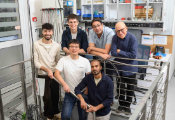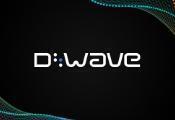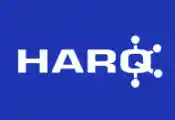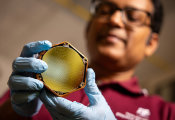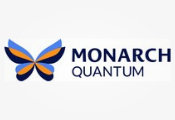U.S. Department of Energy Program Helps Fermilab Bring Quantum Control Electronics to Market
September 24, 2024 -- The ability of quantum computers to solve some of the world’s most complex problems is an exciting prospect. It’s no wonder that research and development to harness it is underway in all sectors. Quantum computers need specialized control and readout electronics to translate back and forth between the classical and quantum computing worlds. Optimizing these are key to advancing quantum information science, or QIS, technology.
Engineers at U.S. Department of Energy’s Fermi National Accelerator Laboratory developed the Quantum Instrumentation Control Kit, or QICK, a product that combines a radio frequency board with control and readout hardware and open source software to control it. QICK is being used increasingly in the scientific community, with over 300 users worldwide. Now, a multidisciplinary team at Fermilab, including engineers and business and technology transfer experts, wants to market a new product, a companion board called the “QICK box.”
The accessory is a custom radio frequency board that improves signal-to-noise ratio and qubit control by optimizing amplification and filtering for the incoming and outgoing signals, which is, as Sussman explains, what everybody in QIS is trying to do.
Scientists must filter and amplify each signal in just the right way to minimize noise as the signal travels to a qubit housed inside an extremely cold dilution refrigerator. Because the signal loses strength along the way, scientists must re-amplify it. And they must do this with as little noise as possible so they can see the information contained in the qubit measurement.
The QICK box removes a lot of complexity for its users. Its hardware components come already optimized for signal-to-noise, so users do not need to become experts in doing so. In addition, the QICK box replaces all the space-consuming wiring, amplification and filtering components that would otherwise be required in a box the size of a small suitcase. This, along with its open-source field-programmable gate array firmware and software, makes QICK quite inexpensive.
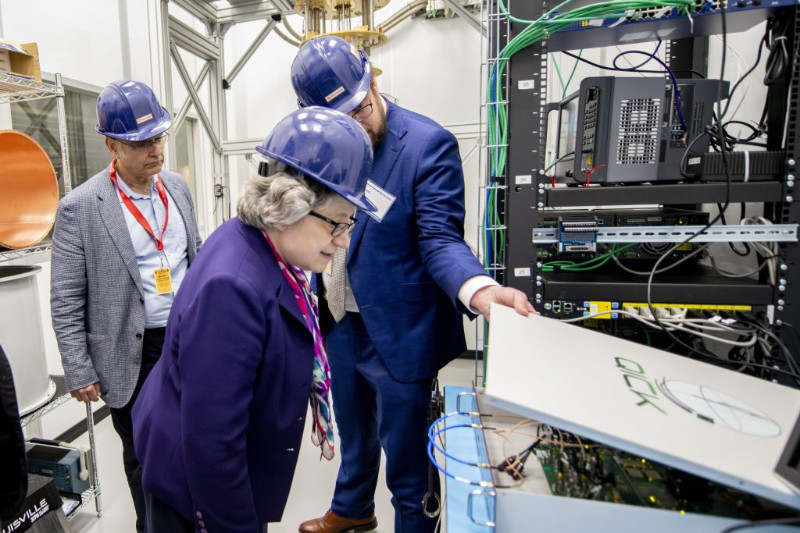
The QICK developers have gathered feedback from established and potential users, most from the scientific community, since the open-source product became available. They believe the QICK box will benefit the broader quantum community. But first, they need to get it into that community’s hands.
For this goal, and with funding provided by the DOE Office of Science Advanced Scientific Computing Research program, Sara Sussman and Daiane Possebon Colombo, also from Fermilab, participated in Energy I-Corps. This intensive two-month program from DOE’s Office of Technology Transfer is designed to help labs bring technology that they’ve developed to the market. Sussman was the project’s principal investigator and Colombo was the entrepreneurial lead.
The primary purpose of the program, according to Colombo, was to analyze the market and see whether there was a market for the QICK box. To this end, they interviewed 76 members of the international quantum community, including those from Google, Amazon Web Services and Rigetti Computing, the Unitary Fund and several universities.
These interviews not only established that there is a market for the QICK box but also offered other insights. For instance, the team determined that today’s quantum industry values open-source hardware. Using information they gathered, the pair developed a value proposition statement and a marketing proposal along with key interview takeaways that led to the proposal.
Back at Fermilab, the team is on to the next step — working with Fermilab’s Office of Partnerships and Technology Transfer to work with industrial partners to manufacture the QICK box on a larger scale.
The team is continuing to focus on providing researchers and scientists with the tools they need to build their experimental capabilities without spending a lot of money.




